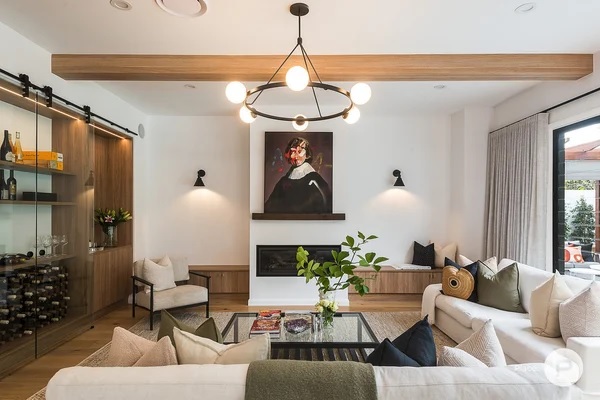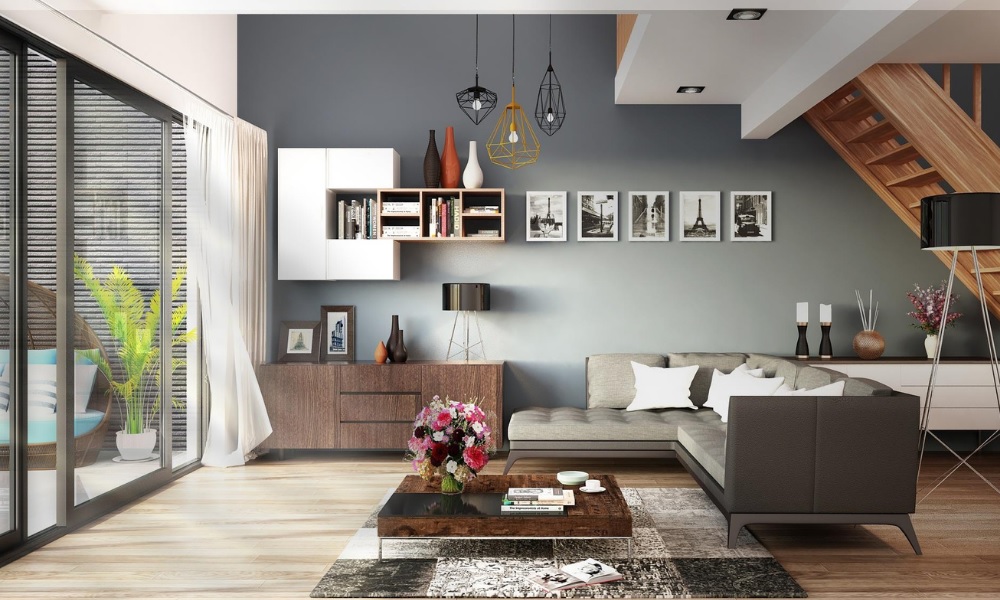Biophilic design is a concept that focuses on integrating nature into our built environment. This approach has been gaining popularity in recent years as people have become more aware of the benefits of nature on our mental and physical well-being. Biophilic design is not just about adding plants to a space. It is a holistic approach that considers all aspects of the built environment from the materials used to the lighting and the layout of the space.
The Benefits of Biophilic Design

There are numerous benefits to biophilic design. One of the primary benefits is the positive impact it has on our mental health. Studies have shown that exposure to nature can reduce stress levels, improve mood, and increase productivity. Biophilic design can also improve our physical health by improving air quality and reducing the risk of illnesses such as asthma and allergies.
Biophilic design can also improve the overall aesthetic of a space. Incorporating natural elements such as wood, stone, and water can create a calming and inviting atmosphere. This can be particularly beneficial in commercial spaces such as offices, where a more relaxed environment can lead to increased productivity and job satisfaction.
How to Incorporate Biophilic Design into Interiors
There are numerous ways to incorporate biophilic design into interiors. One of the most straightforward ways is to add plants to a space. Plants not only improve air quality, but they also add a natural element to a room. Another way to incorporate biophilic design is to use natural materials in the construction of a space. For example, using stone or wood in a building’s design can create a connection to nature.
Lighting is another essential element in biophilic design. Natural light is the best source of light for a space. Incorporating large windows or skylights can increase the amount of natural light in a room. If natural light is not an option, using full-spectrum light bulbs can replicate the benefits of natural light.
The layout of a space is also critical in biophilic design. Creating spaces that flow and connect seamlessly with nature can create a calming and inviting atmosphere. A space should be designed to encourage movement and exploration, with natural elements such as plants and water features incorporated throughout.
Biophilic design is a holistic approach to interior design that considers the benefits of nature on our well-being. By incorporating natural elements such as plants, natural materials, and lighting, we can create spaces that are not only aesthetically pleasing but also promote physical and mental health. Biophilic design is an approach that can be used in any space, from homes to commercial offices, and can have a profound impact on our overall well-being.

